Math 2.5
Number and operations. The student applies mathematical process standards to determine the value of coins in order to solve monetary transactions. The student is expected to:
- (1) determine the value of a collection of coins up to one dollar; and
- (A) use the cent symbol, dollar sign, and the decimal point to name the value of a collection of coins.
- Free Plan
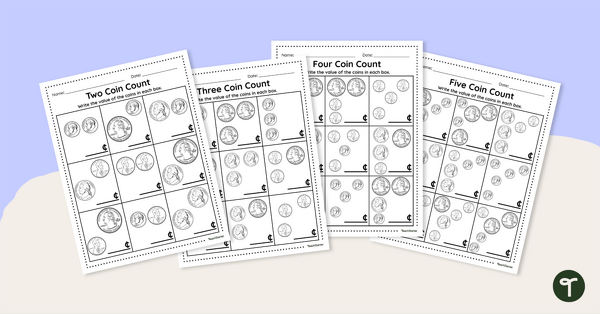
Counting Mixed Coins Differentiated Worksheets
Download differentiated printable worksheets and use skip counting and addition skills to determine the value of each coin collection.
- Free Plan
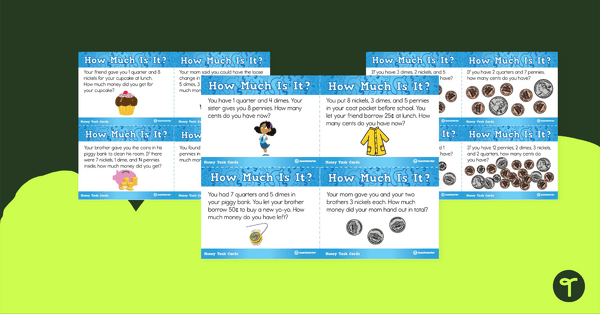
How Much Is It? - Money Task Cards
A set of 12 money word problem task cards.
- Free Plan
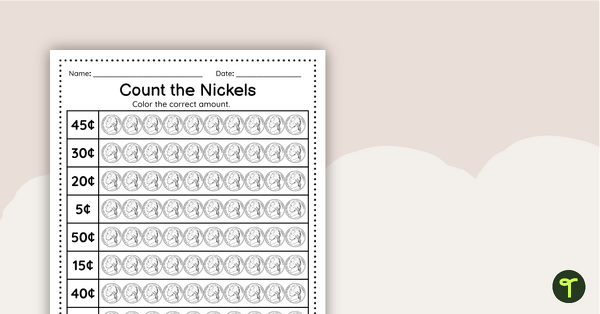
Count the Nickels Worksheet
Use skip counting and addition skills to determine the number of nickels needed for a given amount.
- Plus Plan
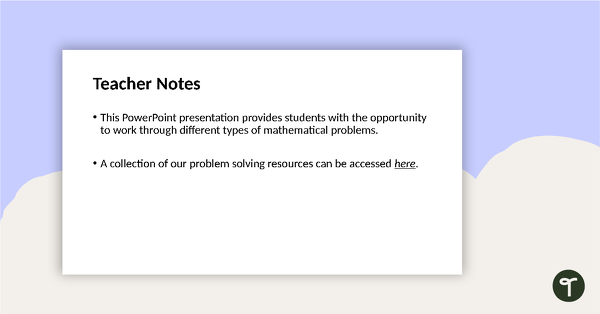
Open-Ended Math Problem Solving - Grades 1, 2, and 3 (PowerPoint Version)
A PowerPoint with 20 open-ended problem solving questions covering a range of mathematical concepts.
- Plus Plan
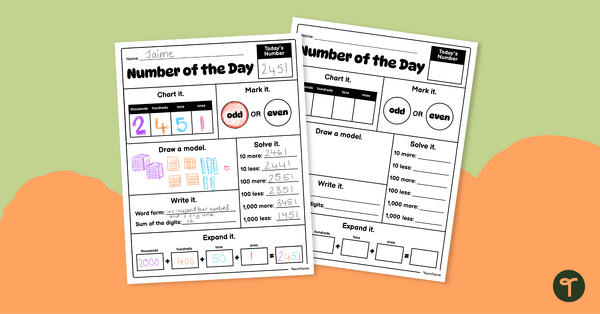
Number of the Day Worksheet
Explore 4, 5, and 6-digit numbers using this number of the day worksheet with your students.
- Free Plan
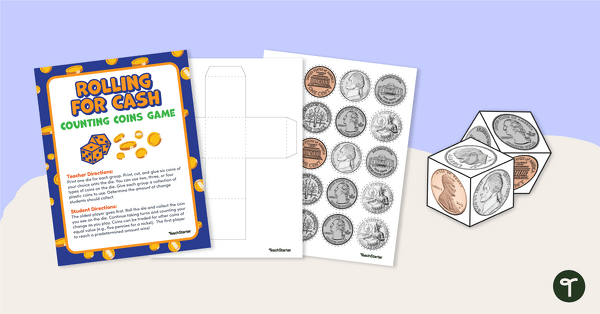
Rolling for Cash — Printable Counting Coins Game
Print a customizable money game for kids that requires addition and skip counting skills to count coins.
- Plus Plan
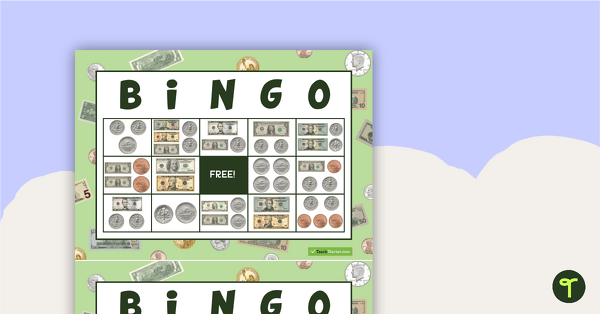
Money Bingo (US Currency)
32 different bingo cards using bills and coins.
- Plus Plan
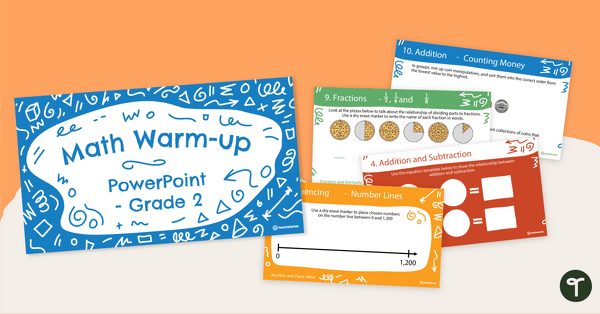
Math Warm-Ups Interactive PowerPoint - Grade 2
A PowerPoint providing a series of warm-up activities for Grade 2 students across the mathematics curriculum.
- Plus Plan
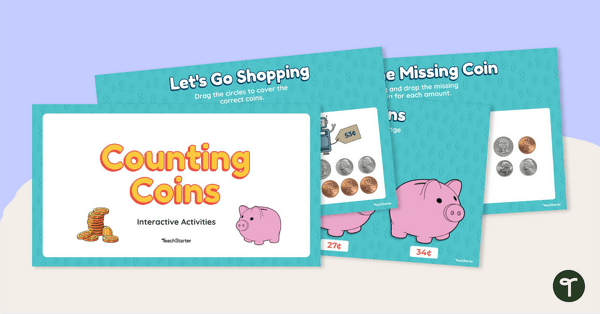
Counting Coins - Interactive Activities
Practice creating amounts up to a $1.00 with a variety of coins.
- Plus Plan
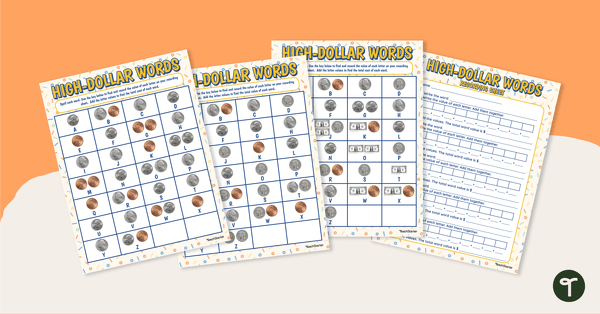
High Dollar Words Worksheet-Spelling Center
Develop spelling and mathematics skills simultaneously with a differentiated spelling and money math center activity.
- Plus Plan
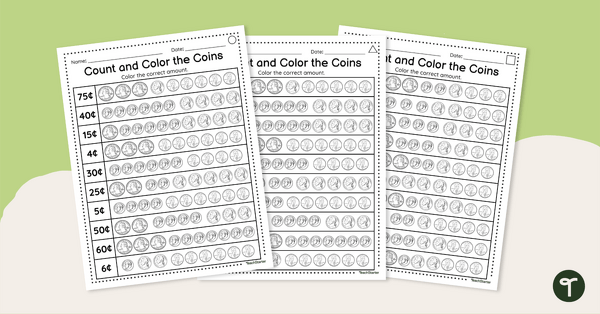
Count and Color the Coins - Differentiated Worksheets
Use skip counting and addition skills to determine which coins are needed for a given amount.
- Plus Plan
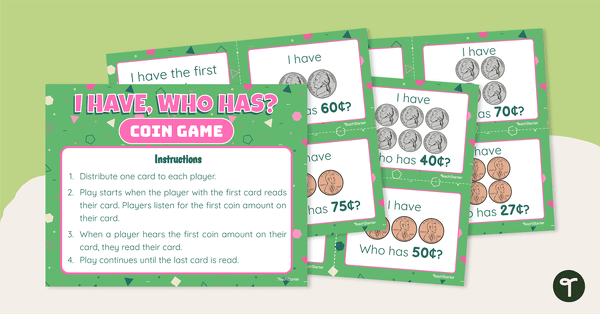
I Have, Who Has? - Coin Game
Practice counting a collection of coins with this set of “I Have, Who Has” game cards.
- Plus Plan
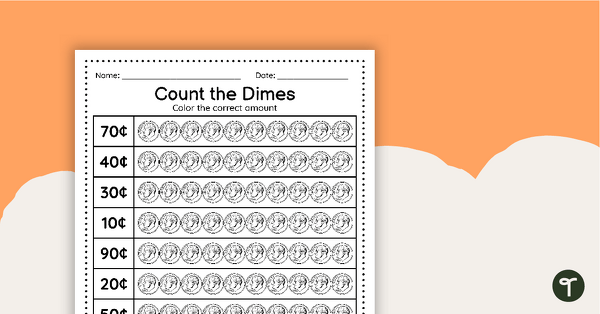
Count the Dimes Worksheet
Use skip counting and addition skills to determine the number of dimes needed for a given amount.
- Plus Plan
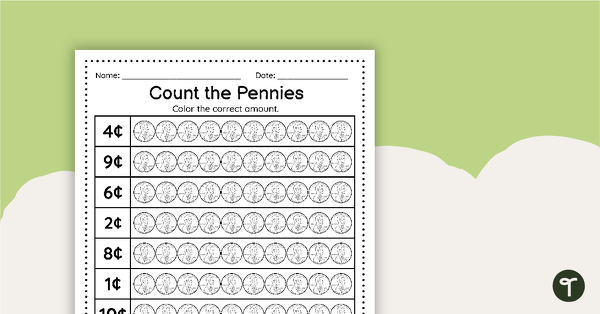
Count the Pennies - Worksheet
Use counting and addition skills to determine the number of pennies needed for a given amount.
- Plus Plan
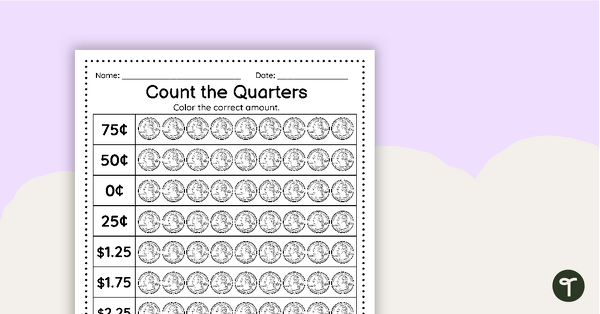
Count the Quarters - Worksheet
Use skip counting and addition skills to determine the number of quarters needed for a given amount.
- Free Plan
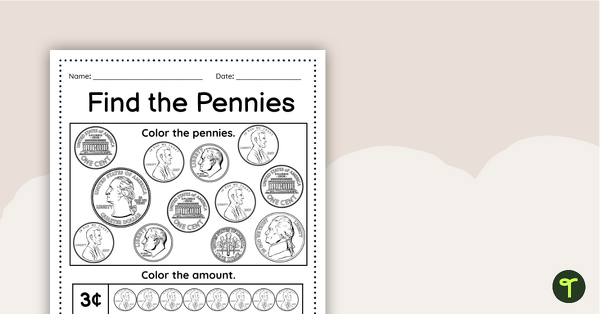
Counting Pennies Worksheet
Practice identifying the front and backside of pennies when given a collection of coins.
- Plus Plan
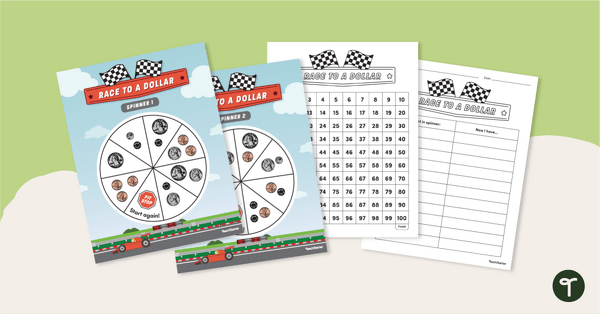
Race to a Dollar
Use coin identification and addition skills to be the first player to get to 100.
- Plus Plan
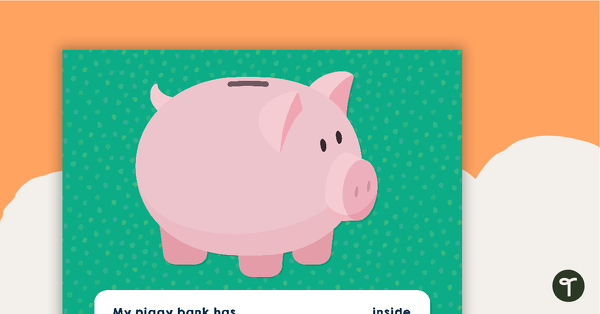
Piggy Bank Activity Mat
An activity mat to practice counting and representing money.
- Plus Plan
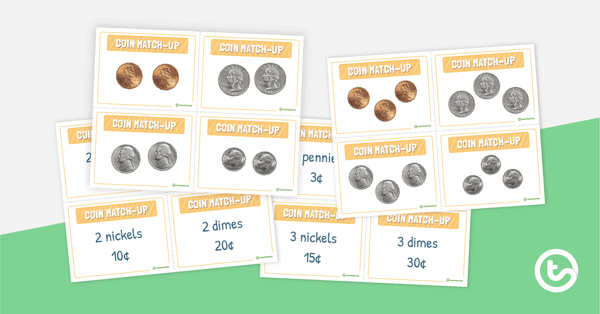
Coin Value Match-Up
Practice finding the value of like coins with 38 matching cards.
- Plus Plan
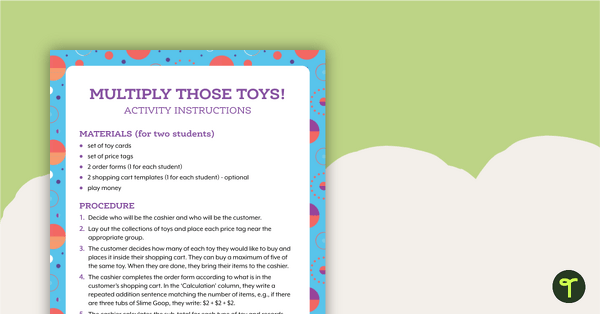
Multiply Those Toys!
A fun way for students to practice using repeated addition as a way to represent multiplication.
- Plus Plan
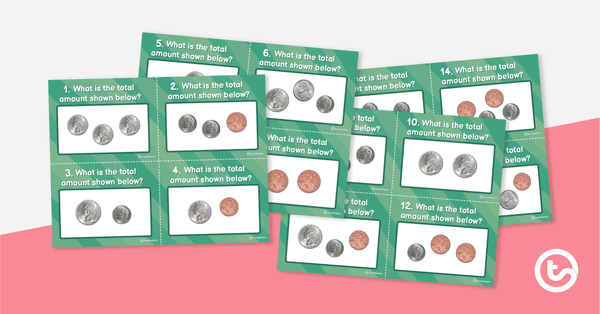
Amounts Up to $1 Task Cards
Practice counting coins (less than $1) with this set of 16 task cards that feature front and back pictures of each coin.
- Plus Plan
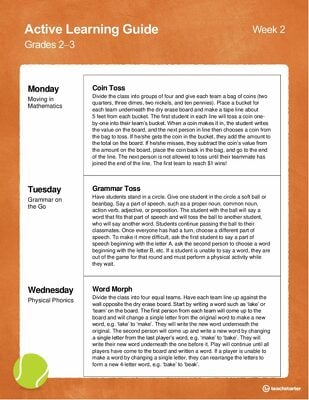
Active Learning Guide for Grades 2-3 - Week 2
Use this weekly active learning guide to celebrate National Physical Fitness Month in your Grade 2 or Grade 3 classroom.
- Plus Plan
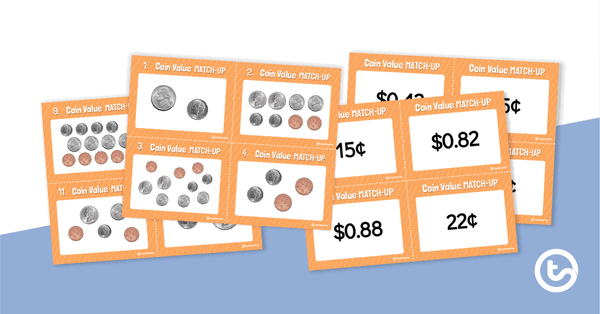
Coin Value Match-Up Game
Practice identifying the value of coins and adding them together with this set of 36 match-up cards.
- Plus Plan
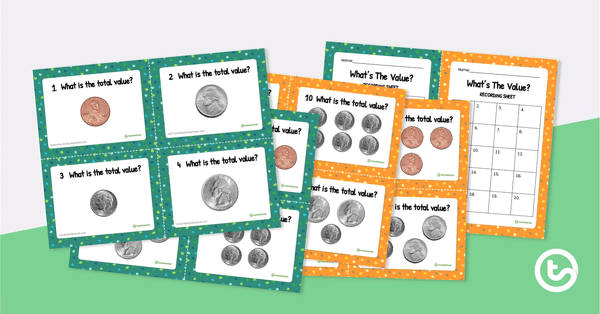
What's the Value? - Money Task Cards
Practice identifying coins and their values when added together with this set of 40 money task cards.
- Plus Plan
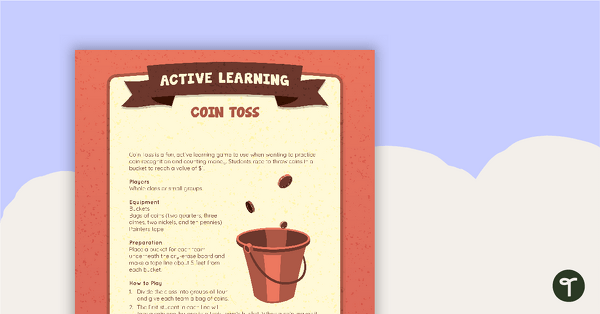
Coin Toss Active Game
An active, whole group game to play when learning coin recognition and counting money.
- Plus Plan
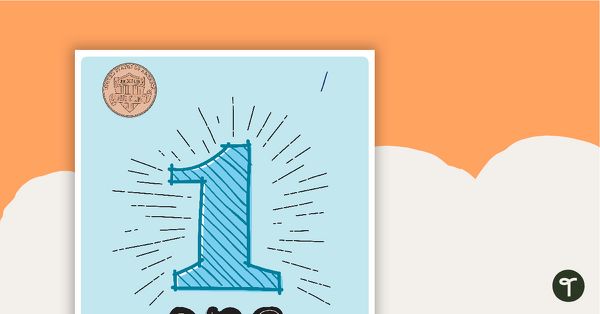
Numbers 1-30 Posters - Money, Tallies, Tens Frames, and Base-10 Blocks
Posters showing numbers 1-30 with associated images.
- Plus Plan
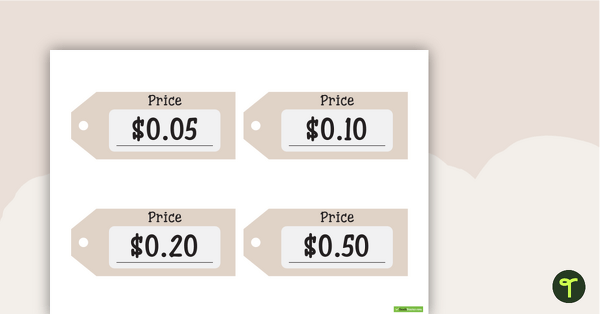
Price Tags
A set of price tags to use in a variety of ways during your money unit.
- Plus Plan
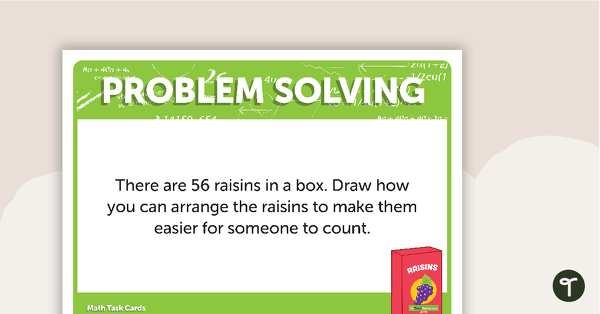
Open-ended Math Problem Solving - Grades 1, 2, and 3 (Task Card Version)
A set of 20 open-ended problem solving task cards covering a range of mathematical concepts.
- Plus Plan
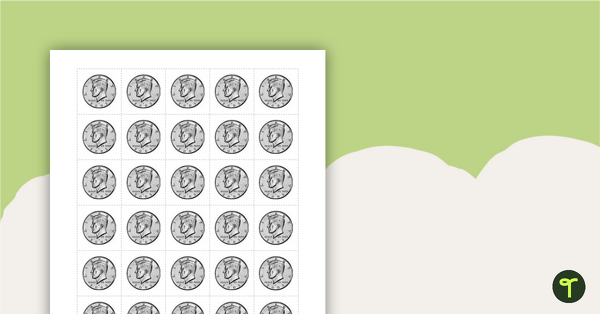
Coin Sheets (US Currency)
A sheet of coins to use with games and activities.
- Plus Plan
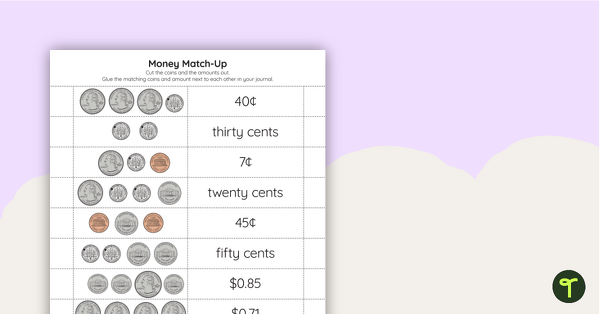
Money Match-Up Activity (US Currency)
An activity to help students recognize coins and their combined amounts.
- Plus Plan
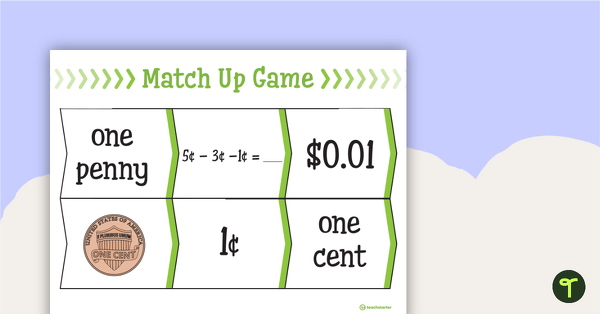
Money Matchup Activity - US Currency
A set of 11 money matchup puzzles.
- Plus Plan
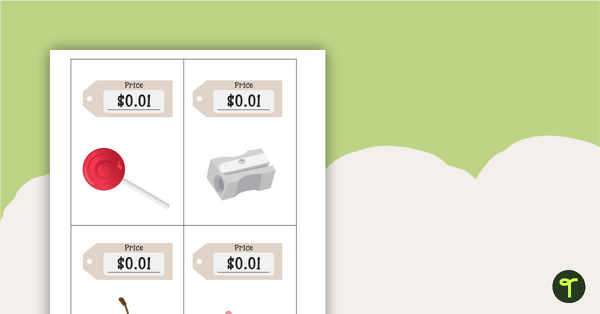
Picture Cards with Price Tags and Coins (US Currency)
A variety of different objects with price tags and coin cards.